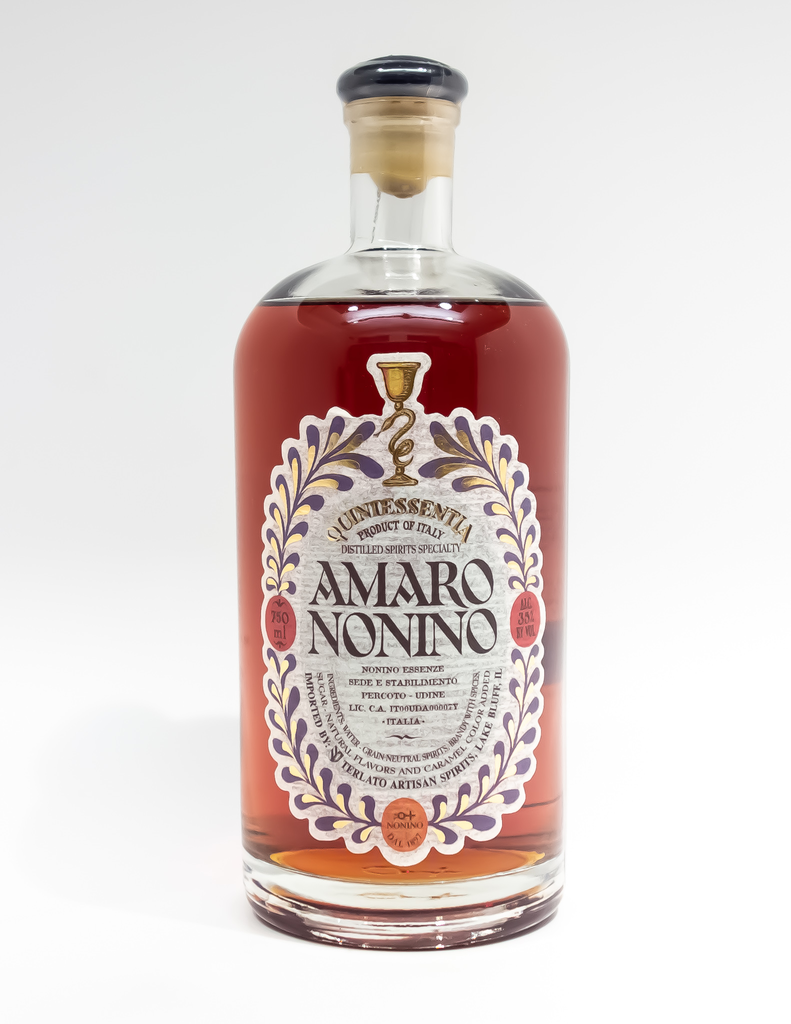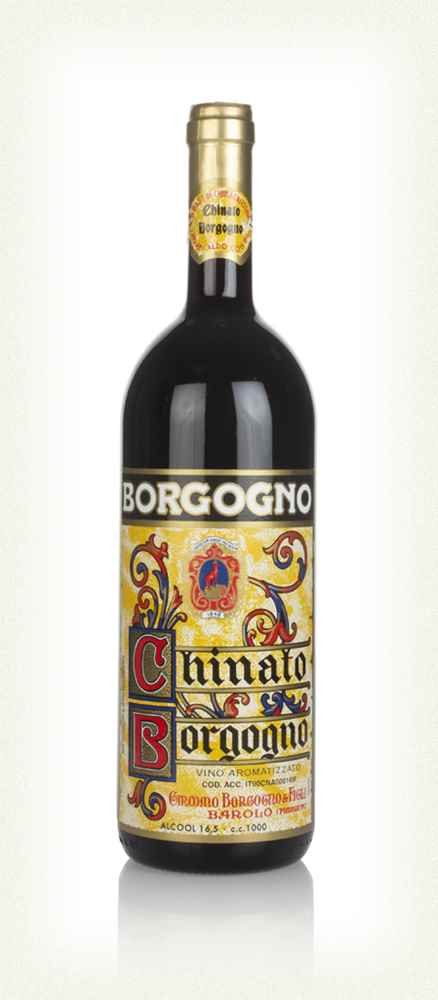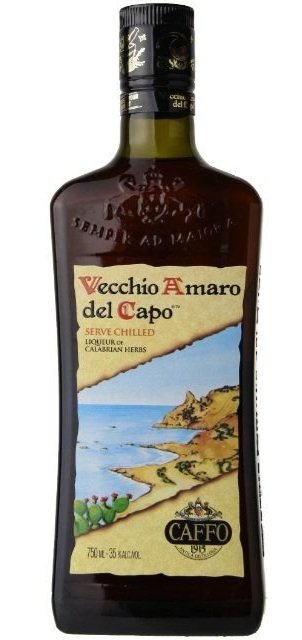While in Venice on our last trip to Italy, I found another door on which to perform my transformation and restoration duty. Remember that my goal is to give you a Venice of yesteryear…not yesterday. This one was a chore, and I had to bring in extra construction techniques.
And what’s that in the title about “Danger of Death”? Well, that’s exactly what I would like to know. We’ll see if you have any ideas to share.
(as always, you can click/tap on an image to get a larger view}
My regular Italy, Our Italy readers have seen many of my transformations from a blah modern-day snapshot within Italy, into a more refined fine art rendition of the scene. To see a few from the past assembled into one blog article, please click to see A Plethora of Transformations. Today’s transformation will not result in fine art!
The Original Image
Here is the rather blah snapshot that I made as we left the Rialto Market and headed to the Frari. As you can see, this facade has lost the gravitas that it would have once had.
There are several notes posted on the door, a few official, and some not so. There are many things that need to be cleaned up to get us back to an Italy of yesteryear.
Let’s Get to Work
As I start to work, I’m wondering if it will be worth the effort. But a challenge is what I’m looking for. I will let you know now that this effort will not result in a fine-art image. It’s mainly the mystery with which I am consumed.
First, I’ll get rid of that trash bag and broom.
And, while I’m at it, I note that there is a square block of stone mid-way up the right side of the door, but its mirror-image partner looks to have disappeared…so I’ll reappear it.
The trash has now been taken out, and a twin stone has been placed on the left side of the door.
The fact that the boards making up the two doors do not line up at the center really bothers me. So, I’ll get my board mover fired up to resolve that issue.
The boards now line up in a way that the original carpenter would have been pleased.
Did you notice all of the pock marks on each side of the door. They are especially prevalent to the right and top of the door. Though I’m not sure what caused those, I’m assuming that they are a flaw, and not a feature of the facade. They have to go!
Those pesky pock marks are gone. I’m still wondering what pocked them. It makes it look as though the stone work was just a thin veneer.
You will note that I worked a bit on the curved stonework of the door's archway. I’ll work a bit more on that in a moment.
Those pock marks are gone and the curved stonework has been spiffed up.
I happen to have some door knockers in my kit that I picked up in San Gimignano earlier in the week. I’m going to put those on the door now, also.
By the way, you may not have realized it, but I replaced that walkway in front of this building. It was simple for me to go down the calle just a bit and move a better looking stone pavement in front of this building
The Thing About “Danger of Death”
I haven’t explained what the “Danger of Death” thingie is about. See that small, horizontal sign plate in the photo. It says something in Italian.
What comes next is a bonus gift for you today. If you have never used the Google photo translation app before, it is wonderful…as a matter of fact, it is wonderful even if you have used it before.
Here is a screen shot of that plaque which says, “Pericolo di Morte”.
The Google Translator App
Now, here’s what the Google camera-based translator can do.
The Google app icon
Go to the Google app on your phone and tap to open it. I you don’t have it, it’s free.
Here’s is what the icon for Google looks like.
Below is the salient portion of the screen that you will then see. The search box is where you would normally type in your query. To the right of the search text entry is an icon of a microphone…ignore that, as it is for dictating your query, rather than typing it.
To the right of the microphone icon is a poor rendition of a camera. Tap that camera icon!!!
Next you will see that your camera is live and there are words at the bottom of the screen which say from left to right, “Search”, and “Translate”. Click on “Translate”. At the time I did the screenshot, there was also an option to click on “Homework”…and I have no idea what that was about…and it is no longer an option using my iPhone and Google.
Aim your cellphone camera at the text that you want to translate, and voila! There you see the English text live, instead of the Italian (in this case) words “Pericolo di Morte”.
Have you used the “Search” selection? I will cover that in another article when “shopping” is the subject.
It’s wonderful that the translator identified that the words were in Italian, as I did not tell it that it was Italian in advance, though I could have. So, you can select the language, if necessary. There are over 100 languages that you can translate just by aiming you cellphone at foreign words. They even have Hawaiian to English translation, so “aloha”. I just wrote “Aloha” on a piece of paper and it says that it means, “bye”. So, the words do not even need to be typewritten.
Need help with a menu in another language…now you have it.
The Final Transformed Image
As usual, I like to paint the door the transformed door. But what color for this image. I have opted for a red door. This goes along with the “Danger of Death” theme. So, here is a nice warning-red color for the door. I also decided to leave the warning plaque in case you happen to stumble across this building whilst walking the calle of Venice. One needs to be seeing the wonderful sights, drinking great wines, and eating the best foods in the world…you should not be dying whilst in Venice.
The completed restoration of a dull door
Again, that is not a particularly lovely door of Venice from yesteryear.
That just about sums it up…but, just about. We need to know more about this mysterious door with its ominous plaque.
So Where Is this Building and Its Door?
I went to Google maps (oh, so informative for trip planning and trip reviewing).
I knew the general area of the photo. I looked at the other photos taken just before and after this one. I noted Ellen and Sue looking in a shop window that identified the store as “Tommaso Giordano Designer”. I searched on Google Maps for that shop and when I found it, I went to street view (works all over Venice by the way!) and worked my way toward the Rialto Market. There was the door…but my of my how it has changed since I was standing in front of it taking my photo in 2023. Here it is today…
A poor quality Google street view image
…sorry about the street-view quality.
And all of the papered graffiti plastered on the door? Not very charming. The original photo way back up at the top had a sign in red and white which requested that nothing be posted on the door. Some people just don’t listen, do they?! Or perhaps, they don’t read well?!
When I was looking at the street view (or maybe we should call it “calle view” since we are in Venice), I scrolled up while in calle view and here is what I found out about this “building” that I hadn’t noticed when I was there focused on the door itself. It is actually a tower, or campanile.
A photo from Google street view, having moused the cursor upward while looking at the street view
Now that I knew that, I decided to investigate a bit more and went to the Google satellite view. Here is what I found. The Googled label tells us what this structure is…or was.
And, by the way…those buildings in the upper portion of the photo are situated right on the Grand Canal.
Mystery solved: this is the “Chiesa di San Giovanni Elemosinario”, or “Church of Saint John Almsgiver”. If you want to see more about this church, click here, and then click here.
Now that we know that the door is an entrance to a tower, and that that tower may have been constructed in 1531, we can see why one should stay out of the stairway.
More on Google Street and Satellite View in the Future
Yes, I will soon be covering the power of using Google maps for your travels. There is a lot of help for you there as you are planning your trips to Italy. It is fascinating how much of the world has been digitally cataloged.
It is time for me to say ciao my friends. If you happen to be strolling by this very door while you are in Venice, you may see me there with wall-paper remover working to get the paper graffiti off of the door. And, I’ll have a bucket of red paint with me. And, let’s not forget the door knockers. But, the “Pericolo di Morte” sign stays.
Ciao for now,
Steve
Want more of Italy, Our Italy, please click here to subscribe







































